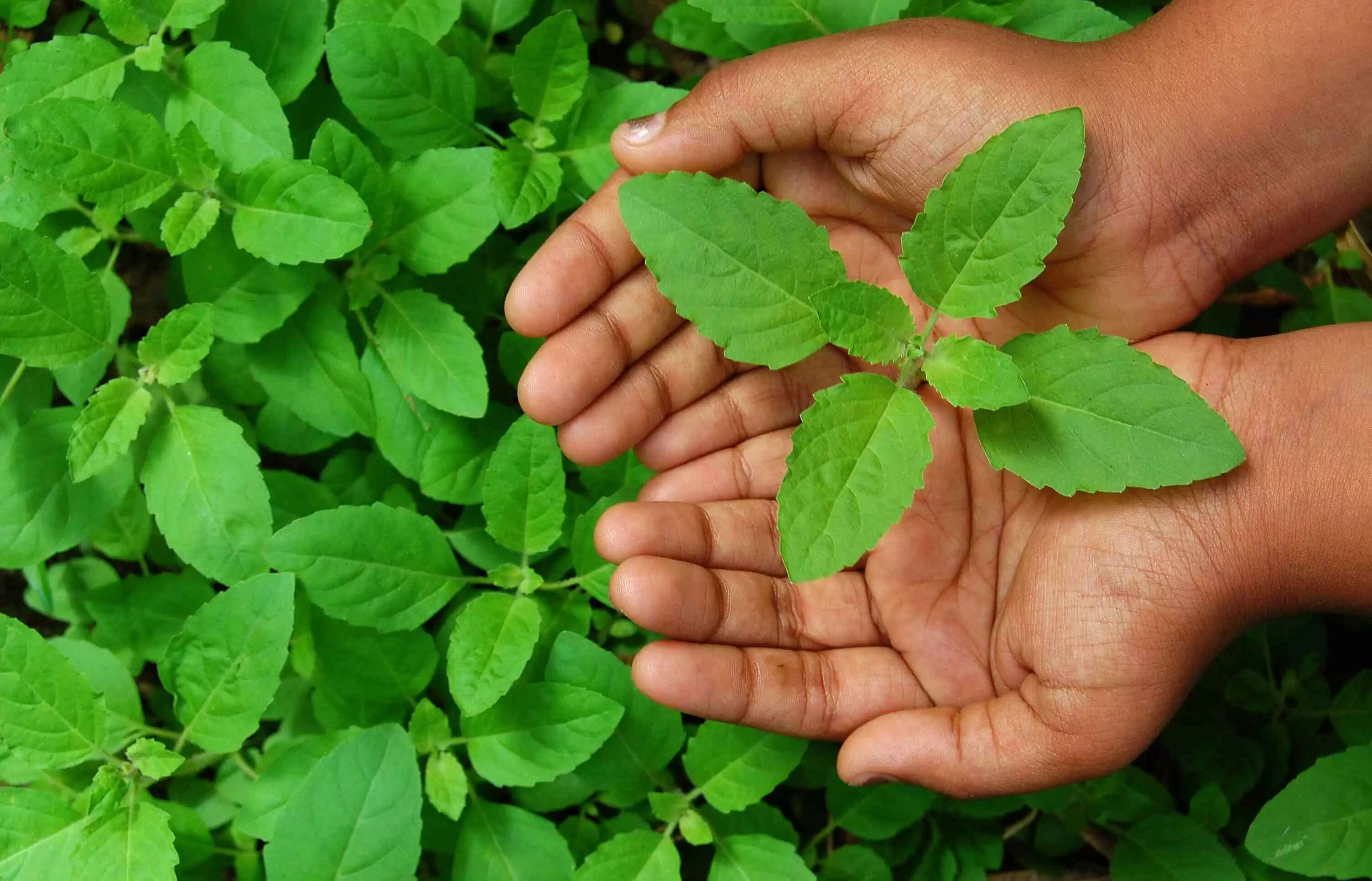How To Water Tulsi (Holy Basil) Plant
Watering Your Tulsi Plant: A Comprehensive Guide
Tulsi, or Holy Basil, is a sacred herb in most cultures, used for its medicinal as well as spiritual values. A healthy Tulsi plant needs proper watering care since it is sensitive to both overwatering and underwatering. In this article, we shall explore the finer points of watering your Tulsi plant, covering common questions and offering practical advice to help your plant grow.
Q1: How often should I water my Tulsi plant?
A1: Frequency of watering varies with climate, season, and soil. Generally, water your Tulsi plant when the top inch of soil is dry. This can be every 2-3 days in hot summer weather and once a week in cold winter weather. Always check the soil moisture by inserting your finger into the soil to the first knuckle.
Q2: Should Tulsi be watered in the morning or evening?
A2: Morning watering is usually advised since it gives the plant time to drink the water during the daytime. This tends to avoid the development of fungal diseases that will occur in cooler, moist nighttime conditions. When you cannot do morning watering, evening watering will do. But make sure that you do not wet the leaves to avoid developing fungal diseases.

Q3: How much water should a Tulsi plant receive?
A3: Water your Tulsi plant good and well until water comes out of the bottom of the pot. This will give the roots enough moisture. But do not overwater, as this will cause root rot and other issues. Test the soil moisture by sticking your finger into the soil, and water accordingly.
Q4: Can I water my Tulsi plant using a spray bottle?
A4: Although a spray bottle can be employed for misting, it is not optimal for watering. Spray bottles will form a fine spray that might not seep into the soil deeply enough, possibly causing underwatering. Use a watering can or pour water straight onto the soil in order to maximize the moisture supply to the roots.
Q5: What do I do if the leaves are yellowing?
A5: Yellow leaves may mean overwatering, poor drainage, or a lack of nutrients. If you think it's overwatering, let the soil dry out slightly between waterings, and make sure the pot has holes in the bottom for drainage. If you think it's due to a lack of nutrients, try using a balanced fertilizer. Remove any yellow or damaged leaves to stop the spread of disease and promote healthy growth.
Q6: How do I know whether my Tulsi plant requires watering?
A6: The simplest method to determine whether your Tulsi plant requires watering is by checking the moisture of the soil. Place your finger into the soil to a depth of the first knuckle. If the soil is dry at this level, it is time to water. If the soil is still moist, check again after a day or two.
Q7: Do I water my Tulsi plant in winter?
A7: Tulsi plants go into dormancy during winter and need to be watered less. Water sparingly and let the soil dry slightly between waterings. Be careful not to overwater, as this causes root rot and other issues. Water less often, every 4-6 weeks, depending on temperature and humidity.

Other Tips
- Water with room-temperature water since cold water will shock the roots.
- Do not get water on the leaves to avoid fungal infections.
- Mulch below the plant to maintain moisture and keep weeds under control.
- Observe the reaction of the plant to watering and make adjustments.
By adhering to these instructions and suggestions, you'll be all set for nurturing a thriving and healthy Tulsi plant. Make sure to look at how your plant responds to watering and respond accordingly since your plant may need something else that's not exactly listed.







